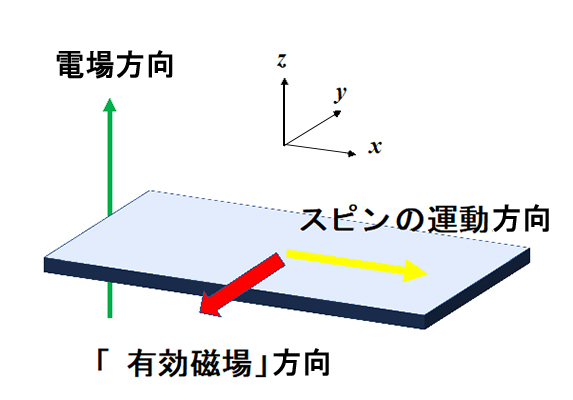2021/4/19 オーストリア・ウィーン工科大学(TUWIEN)

・ TU WIEN が、CO2 を合成燃料等の有用な化学物質に効率的に変換する、ペロブスカイトを使用した触媒を開発。
・ 極めて安定した分子である CO2 の変換には特殊な触媒が必要だが、このような触媒の主要な課題は安定性に欠けること。使用による劣化で触媒特性が損なわれる。
・ ペロブスカイトはアノード材料や電子分品として太陽電池に利用されている材料。本研究では、逆シフト反応での CO2 変換に優れ、産業利用に適した安価なペロブスカイト触媒を作製した。
・ CO2 と水素を水と一酸化炭素(CO)に変換する逆シフト反応は新しい技術ではないが、CO2 利用に向けた産業規模での実施例は少ない。同反応のプロセスの高温度は触媒の急速な分解の一要因であり、希少金属を含有する高価な触媒の使用において問題となる。
・ 新ペロブスカイト触媒は、コバルト、鉄、カルシウムおよびネオジムより構成される。ペロブスカイトの結晶構造では、例えば、触媒作用中に材料内部のコバルト原子が材料表面に移動して化学的に活性なナノ粒子を形成するといった、材料中での特定の原子の移動が可能。同時に、CO2 を効率的に吸着する酸素空孔が形成される。
・ 同ペロブスカイト触媒はまた、触媒活性が劣化しても酸素を供給することで元の状態に復元可能で、継続的に使用できる。また、他の触媒に比して約 3 倍程度高価であるが、ネオジムを他の材料で代替すればコストをさらに削減できる。
URL: https://www.tuwien.at/en/tu-wien/news/news-articles/news/neuer-katalysator-fuer-geringeren-co2-ausstoss
<NEDO海外技術情報より>
(関連情報)
Applied Catalysis B: Environmental 掲載論文(フルテキスト)
Novel perovskite catalysts for CO2 utilization – Exsolution enhanced reverse water-gas shift activity
URL: https://www.sciencedirect.com/science/article/pii/S092633732100309X?via%3Dihub
Abstract
Reverse Water-Gas Shift (rWGS) is among the reactions with the highest readiness level for technological implementation of CO2 utilization as an abundant and renewable carbon source, and its transformation for instance into synthetic fuels. Hence, great efforts are made in terms of further development and comprehension of novel catalyst materials. To achieve excellent catalytic performance, catalytically active (nano)particles that are evenly distributed on (and ideally embedded in) an active support are crucial.
An extremely versatile material class that exhibits the desired properties are perovskite-type oxides due to the fact that they can easily be doped with highly active elements. Upon controlled reduction or during reaction, these dopants leave the perovskite lattice and diffuse through the material to form nanoparticles at the surface (by exsolution) where they can greatly enhance the activity.
Here, six perovskites were studied and their exsolution capabilities as well as rWGS performance were explored. Nanoparticle exsolution significantly enhanced the rWGS activity, with the catalytic activity being in the order Nd0.6Ca0.4Fe0.9Co0.1O3-δ > Nd0.6Ca0.4Fe0.9Ni0.1O3-δ > Nd0.9Ca0.1FeO3-δ > Nd0.6Ca0.4FeO3-δ > La0.6Ca0.4FeO3-δ > La0.9Ca0.1FeO3-δ > La0.6Sr0.4FeO3-δ(benchmark). Moreover, it could be shown that nanoparticles formed due to exsolution are stable at high reaction temperatures. In this paper, the flexibility of the investigated perovskite materials is demonstrated, on the one hand facilitating a material design approach enabling control over size and composition of exsolved nanoparticles. On the other hand, the studied perovskites offer a tuneable host lattice providing oxygen vacancies for efficient CO2 adsorption, activation, and resulting interface boundaries with the ability to enhance the catalytic activity.


